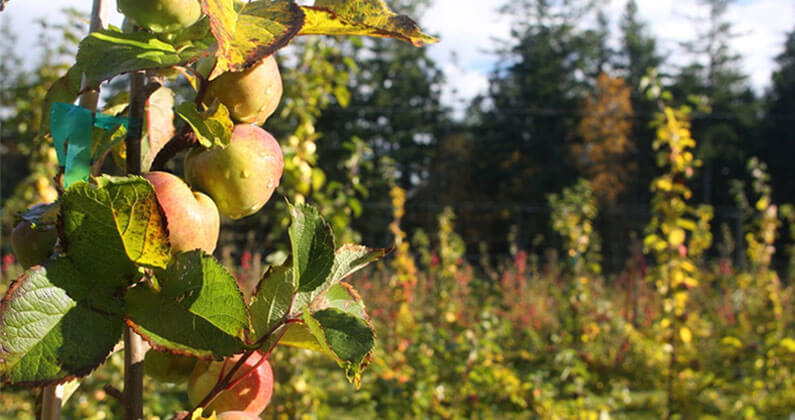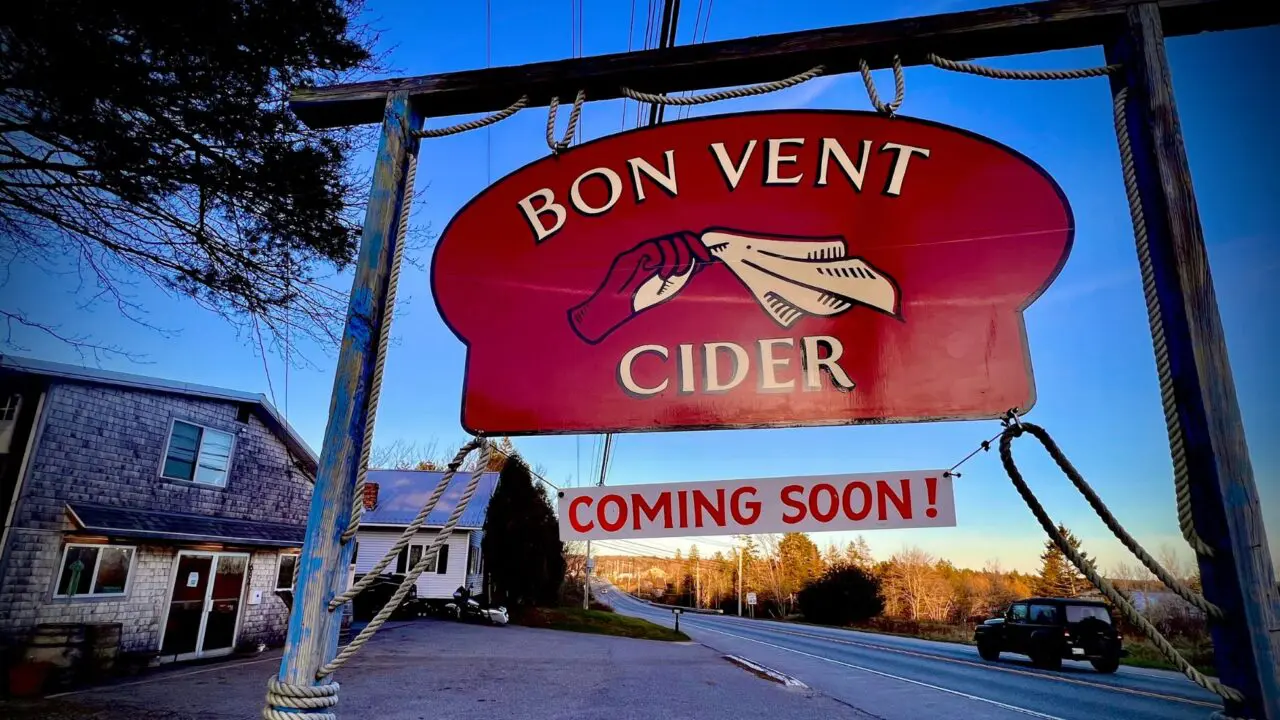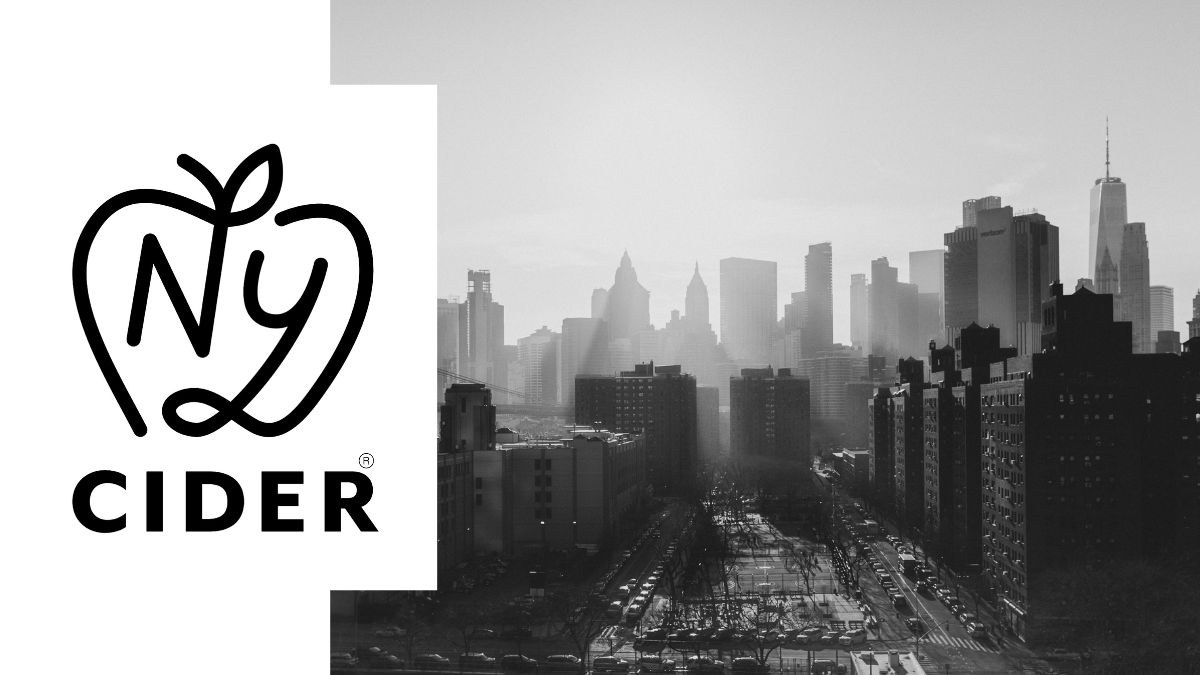“I think tannins define what real cider is, what cider should and can be,” says Nancy Bishop, co-founder and cidermaker of Alpenfire Cider in Port Townsend, Washington. Tannins, as discussed last week with Eden Specialty Cider‘s Eleanor Lèger in the first part of this series, are the natural compounds found in specific apples that provide bitterness, astringency and texture to a fermented product, among other things.
Tannins cause that drying sensation on the sides and the back of your tongue, that tangible hug to your palate that can be a soft embrace or an enveloping squeeze, depending on the tannic levels in the apple.
In this three-part series, we spoke with producers and growers about tannic apples and why they are fundamental to a complex cider. This week features a conversation with Bishop, one of the handful of grower-makers of tannic apples in Washington State.
In your own words, what is a tannic apple?
A tannic apple is an apple where you’re going to taste astringency right off the bat. It’s so night and day, different than an apple that doesn’t have any tannins that is sweet and sour – tannic apples have that third dimension. And some definitely have a soft tannin and others have a bitter tannin.
What do tannic apples contribute to a finished cider?
They contribute a tremendous amount of depth of flavor, mouthfeel and work as a preservative – just like you’d look for in a red wine. It seems to me that is the most approachable way to put it, [to] compare to red wines. In our tasting room, we often start with simpler ciders that don’t have tannins, like a wine tasting room would start with whites that do not, then move to red with tannins, ciders with tannins.
What is the demand like for these apples?
That’s the tough thing, the demand is still fairly low because everyone is making these ciders that don’t have tannins so people don’t expect tannins. For those of us that started growing these apples and making these ciders, it’s an uphill battle. It’s a more difficult flavor for people to wrap their minds around, that this is something you want. It’s the same way how people start drinking white wine then gravitate more to red, it’s a flavor profile you have to get use.
What advice can you give to those seeking these apples for cidermaking?
Plant them! It takes time for trial and error. When we planted ours, there weren’t that many orchards being planted yet. We just tried all these apples that they had at WSU [Washington State University] and picked based on the apple flavor we liked, then brought them down here and planted… But I think that’s something that will develop over time, people will find what thrives in their area.
How can the consumer find these types of ciders?
Talk to the people that run the bottle shops and those that run cider bars, they will steer you toward something that is good. Go where they have lots of choices and knowledgeable people to tell you. If you’re just in the grocery store, read a lot of shelf-talkers… These ciders are worth seeking out and gaining an appreciate for. It makes cider with a capital “C.”





